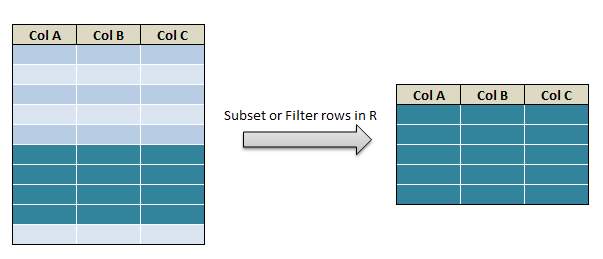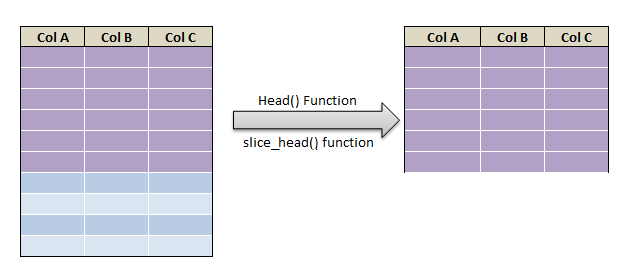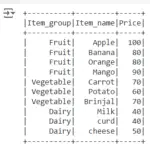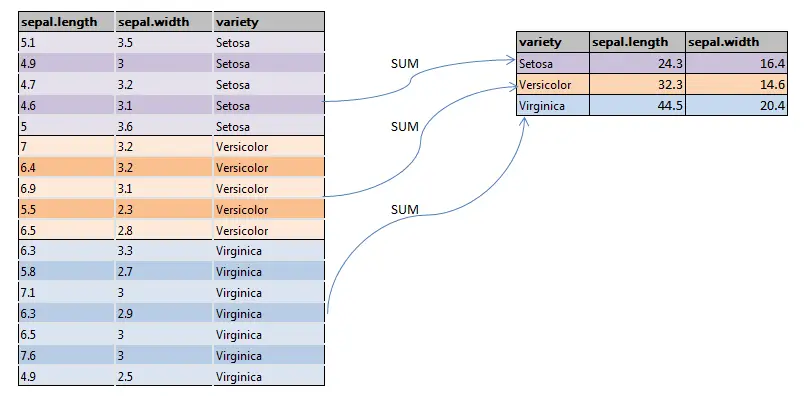Sample_n() and Sample_frac() are the functions used to select random samples in R using Dplyr Package. Dplyr package in R is provided with sample_n() function which selects random n rows from a data frame. Sample_frac() in R returns the random N% of rows.
- select random n rows from a dataframe in R using sample_n() function
- select random n percentage of rows from a dataframe in R using sample_frac() function
- select random n rows from a dataframe in R using slice_sample() function
- select random rows by group which selects the random sample within group using slice_sample() and group_by() function in R
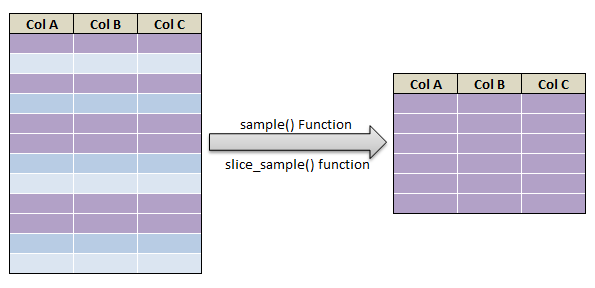
We will be using mtcars data to depict the above functions
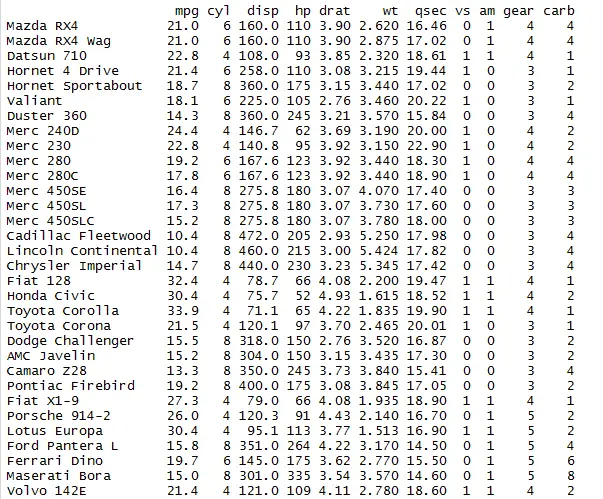
sample_n() Function in Dplyr : select random samples in R using Dplyr
The sample_n function selects random rows from a data frame (or table). First parameter contains the data frame name, the second parameter of the function tells R the number of rows to select.
library(dplyr) mydata <- mtcars # select random 4 rows of the dataframe sample_n(mydata,4)
In the above code sample_n() function selects random 4 rows of the mtcars dataset. so the result will be

sample_frac() Function in Dplyr : select random samples in R using Dplyr
The sample_frac() function selects random n percentage of rows from a data frame (or table). First parameter contains the data frame name, the second parameter tells what percentage of rows to select
library(dplyr) mydata <- mtcars # select random 20 percentage rows of the dataframe sample_frac(mydata,0.2)
In the above code sample_frac() function selects random 20 percentage of rows from mtcars dataset. So the result will be.

sampling with slice() function in R
slice_sample() function in R
slice_sample() function returns the sample n rows of the dataframe as shown below.
# slice_sample() function in R library(dplyr) mtcars %>% slice_sample(n = 5)
In the above example we will be selecting 5 samples, so the sample 5 rows are returned

slice_sample() by group in R
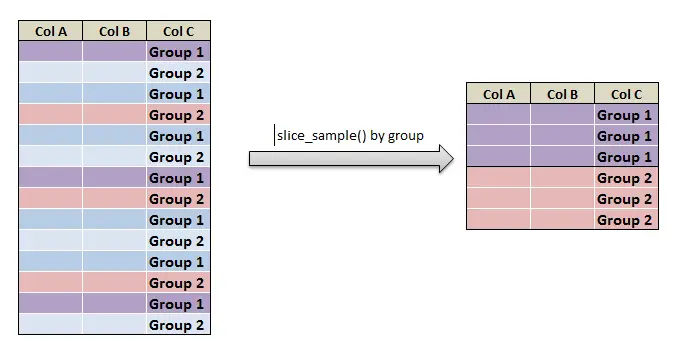
slice_sample() by group in R Returns the sample n rows of the group using slice_sample() and group_by() functions
# slice_sample() by group in R mtcars %>% group_by(vs) %>% slice_sample(n = 2)
in the above example we will be selection 2 samples for VS=0 and 2 samples for VS=1 using slice_sample() and group_by() function.

Sample Function in R with dataset with replacement:
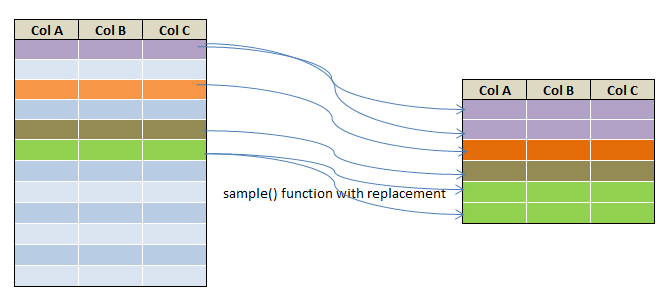
Let’s extract set of sample elements from the data set with replacement with the help of sample() function. We will use default mtcars table.
## applying Sample function in R with replacement set.seed(123) index = sample(1:nrow(mtcars), 10,replace = TRUE) index mtcars[index,]
as the result we will generate sample 10 rows from the mtcars dataframe using sample() function with replacement. so the resultant sample may have repeated rows as shown below

For further understanding on sampling with the help of dplyr package refer the documentation
Other Related Topics:

